Why Your Yoga Mat Can Make Or Break Your Workout
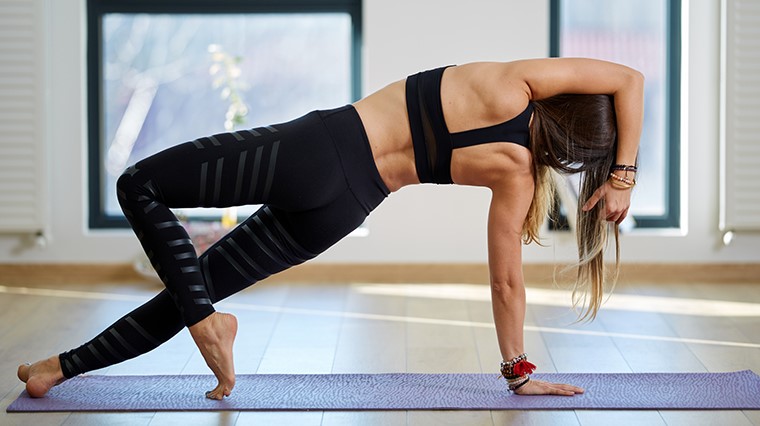
Whether you’re a seasoned yogi or a newbie eager to make yoga your new thing, it’s essential to have the right yoga mat to keep you grounded.
Resorting to the icky, sweat-soaked yoga mats provided by your local yoga studio might be okay for a one-off (if you can stomach it) but to have the best experience possible you need a yoga mat you can call your own, that fits your specific needs.
Choose wisely and your yoga mat purchase will be one of long-term benefit and help you kick butt on your next yoga session.
Thickness
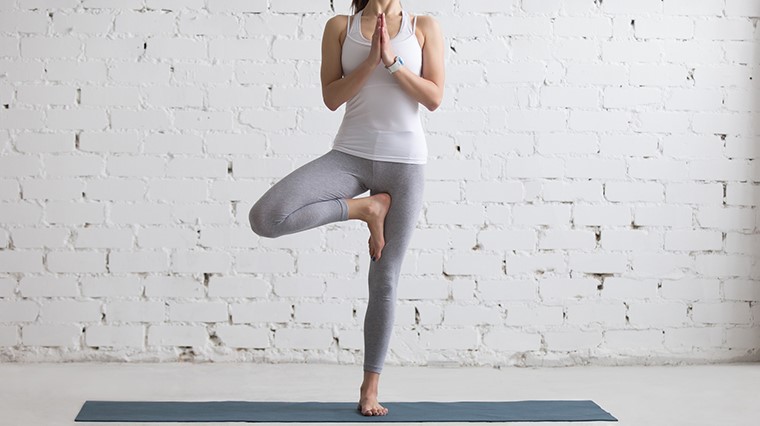
Yoga mats vary in thickness and it does make a difference. Too thin, and you won’t get enough cushioning to protect your joints. Too thick, and you may feel unsteady on certain poses (e.g. tree pose) and wobble about like jelly.
When choosing yoga mat thickness, it’s important to know your body and how you intend to practice yoga.
Extra Cushioned Mat
A thicker mat (5mm+) provides extra support and comfort. They’re the go-to choice for many yogi’s with injuries or sensitive joints in need of a cushioning boost.
The trade-off is they’re trickier and bulkier to transport – but if you prefer thicker padding and a plusher feel, it’s certainly worth your consideration.
Travel Mat
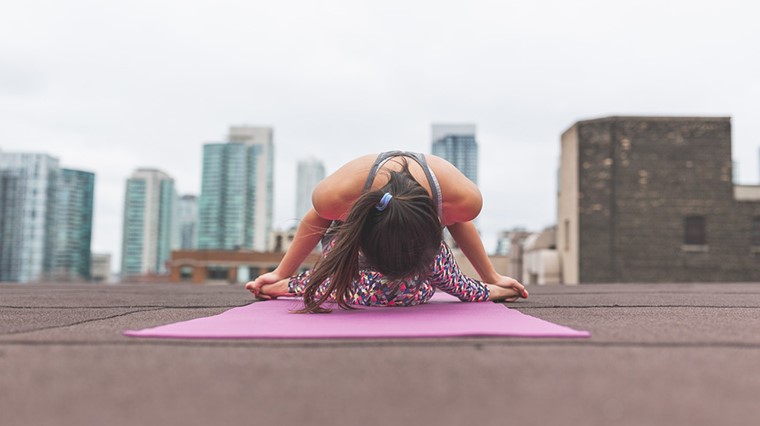
At about 1mm - 1.5mm thick, travel mats are lightweight and super easy to roll up, store away and stash in your gym bag.
They provide a more natural, closer connection with the ground and are perfect for beach yoga sessions, yoga class or if you’ve caught the travel bug.
Standard Mat
The standard mat is about 3mm thick which offers a happy medium – portable and stable, cushy enough for regular use and yet allows you to maintain balance on tricky poses.
Texture
Texture refers to how bumpy or smooth your mat is. Yoga mats with a raised or rough texture provide more tactile grip to ‘stick’ to the mat’s surface but may cause discomfort on sensitive skin during savasana (corpse pose).
Stickiness
Stickiness focuses on the mat's suction-like qualities to help you stay put during your yoga poses. The last thing you want is to slip around during a Hot Yoga, Ashtanga or Vinyasa session - this can interfere with your body alignment and be unsafe.
As long as it’s sweat-absorbing, a smooth mat can offer the traction you need to stay balanced, decrease the slip factor and even make sweat work in your favour like these gems from the Yoga Design Lab.
Go Eco-Friendly
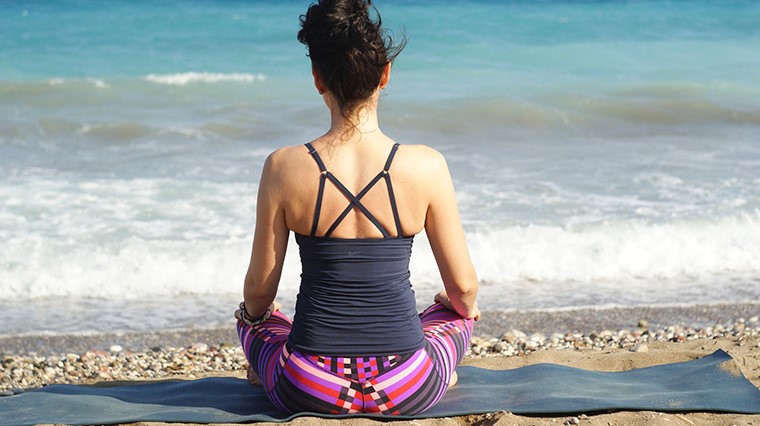
Old school yoga mats were made of synthetic, non-biodegradable PVC, but it’s time to jump onboard the eco-movement and say hello to natural rubber.
Biodegradable and sustainable, natural rubber mats are not only eco-friendly but durable.
These plant-based mats usually offer a soft, cushioned feel and slip-resistance, so you can get your next yoga pose spot on while feeling darn good helping out the planet. Other eco-friendly options include organic cotton or jute.
Size
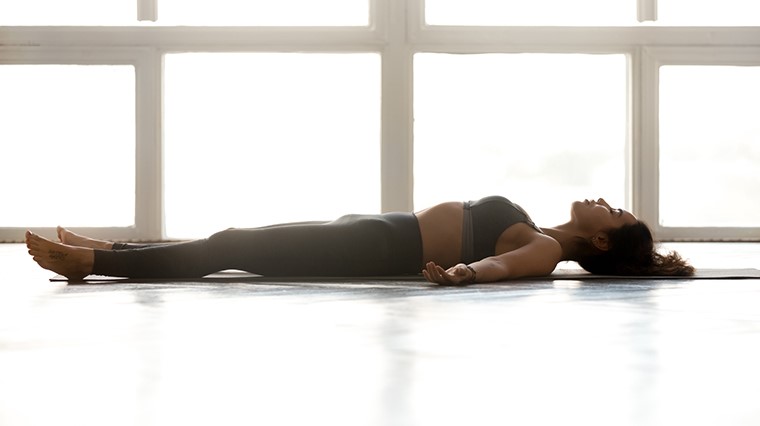
The length of your yoga mat should allow you to lay in savasana without your heels peeking over the edge. A standard mat is about 173cm (68in) long, but for taller yogi’s an extended length may offer a better fit for your body.
Your yoga mat should provide adequate coverage to separate your skin from itchy sand or grass when practicing outside, or sweaty, hard floors when indoors. The size of your mat also helps yourself and other yogis to identify your personal space when performing yoga in a group.
Style
When choosing your dream yoga mat comfort is priority, but that doesn’t mean you can’t have fun with it. Check out these crazy beautiful yet practical yoga and pilates mats to keep you inspired on your yoga journey.
